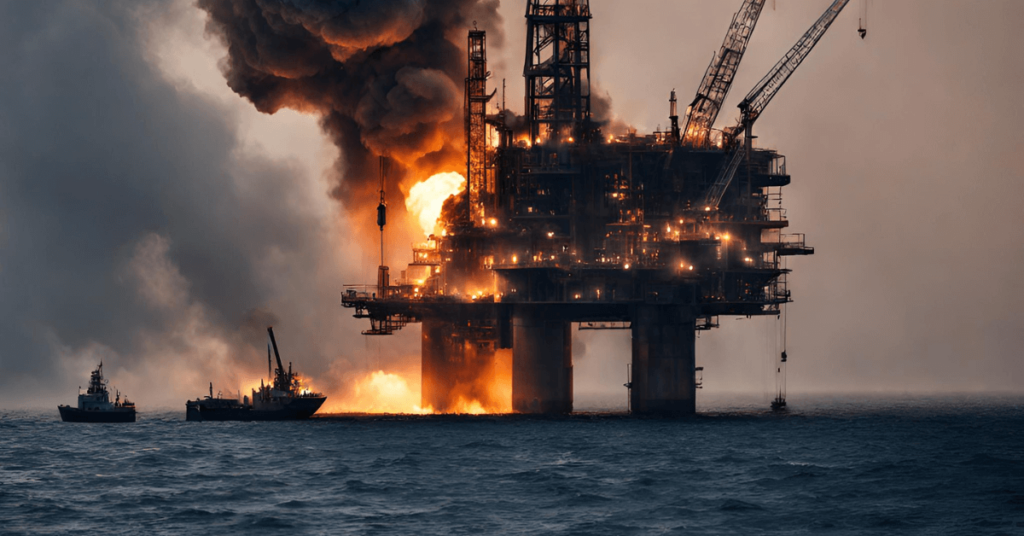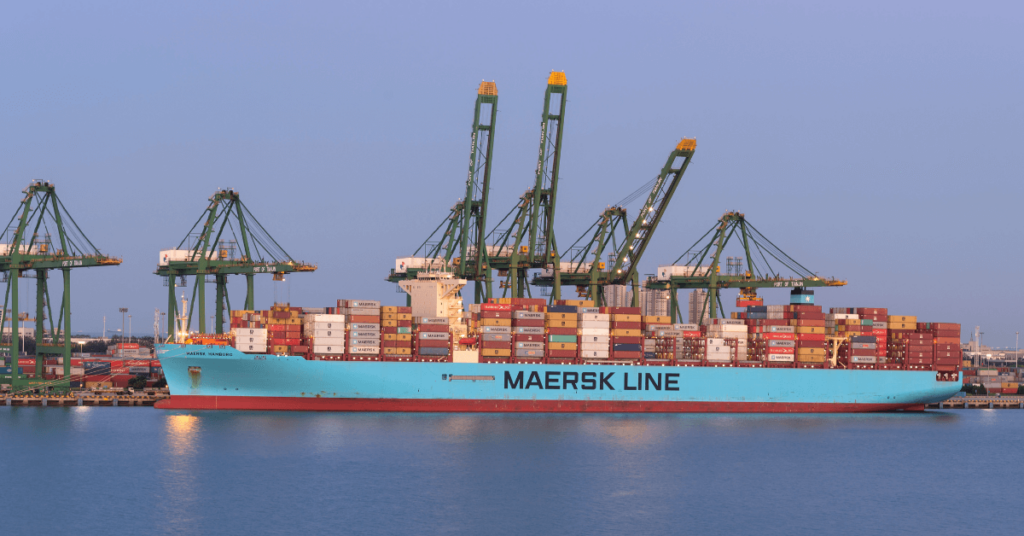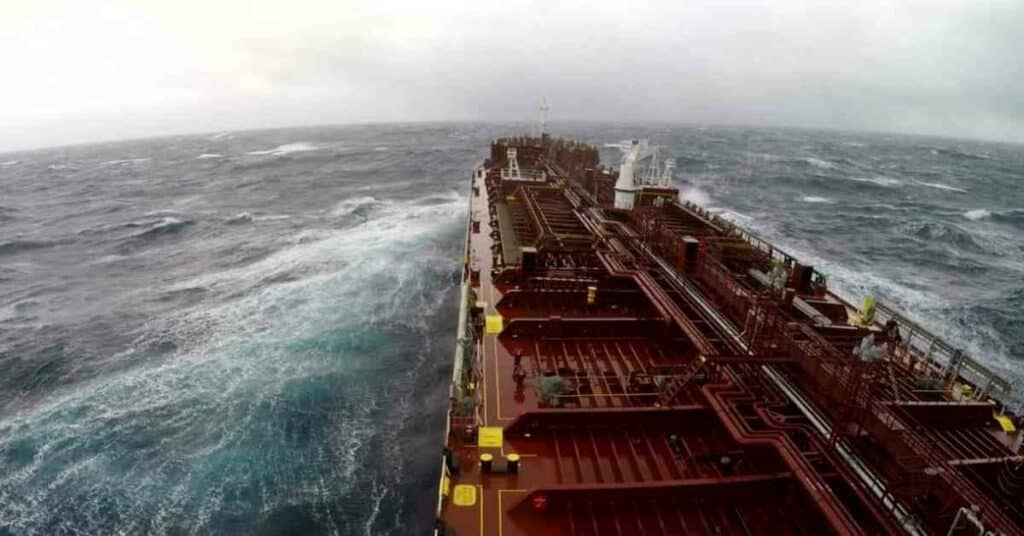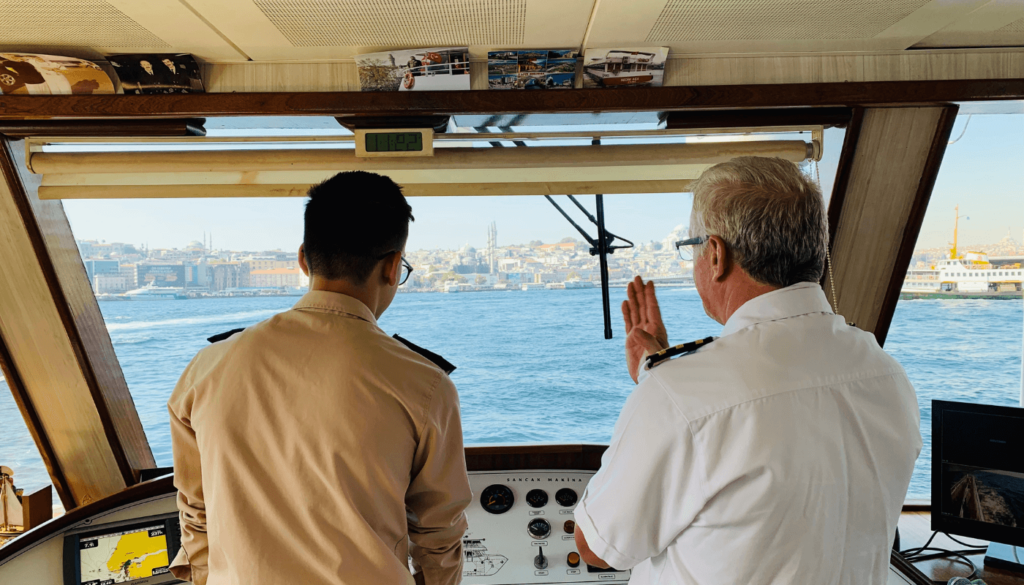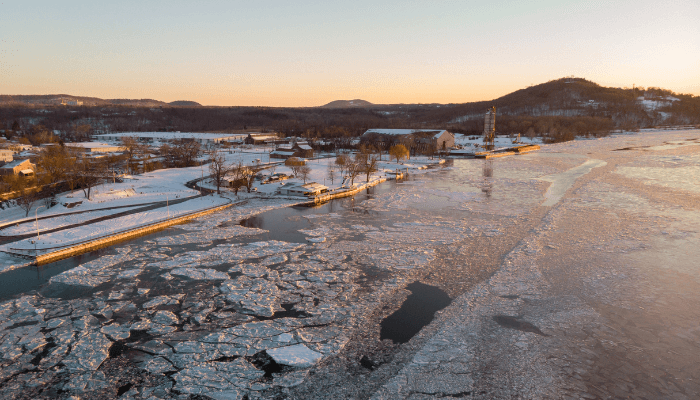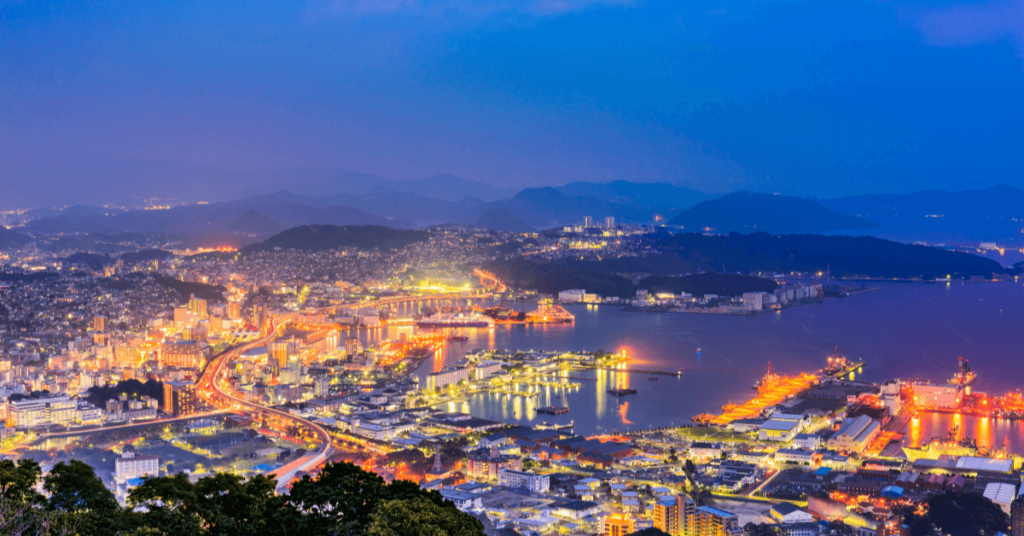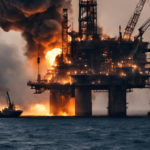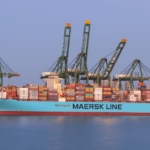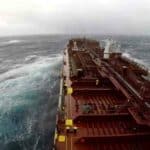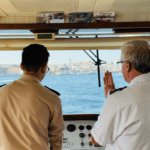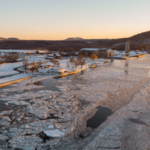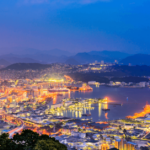10 Major Straits Of Asia
The straits of Asia are key gateways linking the world’s largest continent with the rest of the world. These passages, surrounded by different nations and cultures, influence the region’s geopolitics, history and economy.
Some of these are strategic maritime chokepoints like the Malacca or Hormuz Strait, while others are iconic in themselves, like the Singapore Strait. Asia’s Straits enable the movement of cargo, ideas and communication from one part of the world to another, making them indispensable routes vital for international trade, communication and cultural exchange.
Apart from offering shorter shipping routes and decreasing transit times and costs, they maintain supply chains worldwide. However, their importance transcends economic interests as they often become the focal points of political and military tensions. Other challenges include potential congestion, threats of piracy, environmental concerns etc.
Let us look at the ten major Straits of Asia in this article.
1. Strait of Malacca
Malacca Strait connects the Andaman Sea with the South China Sea. It lies between Sumatra, Indonesia, to the west and peninsular Malaysia and extreme southern Thailand to the east.
It spans 25,000 square miles and is 800 km long and 65-155 km wide at different points. Malacca Strait was named after the famous historic trading port of Melaka or Malacca, a key trading port in the 16th to the 17th century on the Malay Coast.
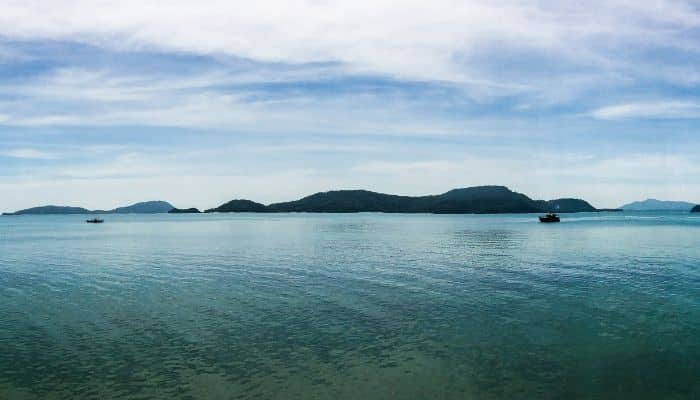
The Malacca Strait is the shortest sea route between India and China, making it a heavily travelled shipping channel worldwide. In the earlier days, it aided in some of the biggest Asian migrations of peoples via the Malay Archipelago.
The Strait was a widely contested entity in colonial times and exchanged hands with the Portuguese, the Dutch and the British. One of the biggest cargo ports, the Port of Singapore, lies on the southern end of the Malacca Strait.
2. Strait of Hormuz
The Strait of Hormuz forms a continental boundary between Europe and Asia. Also referred to as the Strait of Ormuz, it connects the Persian Gulf with the Gulf of Oman and the Arabian Sea.
It is 167 km long and 55 to 95 km wide, separating Iran from the Arabian Peninsula. In this important strait lie many islands, including Qeshm, Hormuz and Hengam.
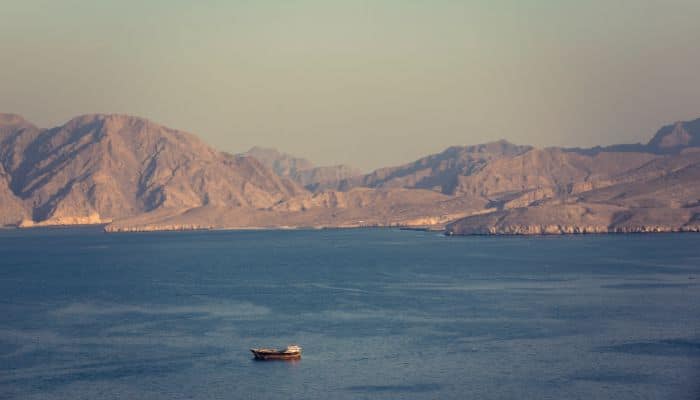
A third of the world’s LNG and about 25% of the world’s total oil pass through the Strait, making it a crucial maritime chokepoint. Recently, it has become a site of contestation between Iran and the US, with the former illegally seizing ships and harassing them.
However, it has always been contested, even in the past. Its expansive hinterlands were abundant in luxurious trade items without easy access to trading ports. Mughal Emperor Babus’s memoirs mention how almonds were transported from the Ferghana region to Hormuz and then reached the international market.
3. Taiwan Strait
The Taiwan Strait separates the island of Taiwan from continental Asia. It is a part of the South China Sea and links to the East China Sea. It is 180 km wide and narrows to 130 km at its narrowest point.
The international waterway is tangled in a political dispute due to China’s claim of sovereignty over it, claiming it to be its internal territorial waters, a stand opposed by nations including the US, Australia, Taiwan, and France, among others.
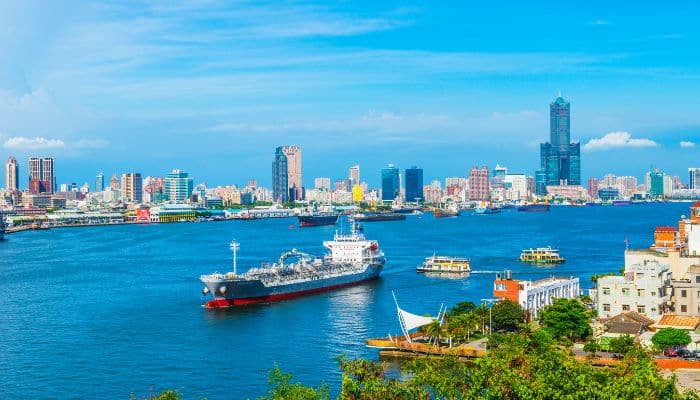
Taiwan Strait was once called the Formosa ( meaning beautiful) Strait, a name bestowed upon it by Portuguese navigators in the 16th century.
In the present-day world, it is used by ships coming to and from the important ports of Northeast Asia. Illegal fishing is also common in its waters, and in 2020, Chinese vessels were found to be unlawfully fishing and dredging sand on the Taiwanese part of the Strait.
Apart from being rich in fisheries, the Strait has much more potential than is tapped by Taiwan, which is building wind farms here.
4. Strait of Johor
The Johor Strait lies in Southeast Asia, between Singapore and Peninsular Malaysia, separating Johor on the mainland Malay peninsula to the north from Singapore and its islands to the south.
It connects to the Strait of Malacca on the west and the Singapore Strait on the southeast.
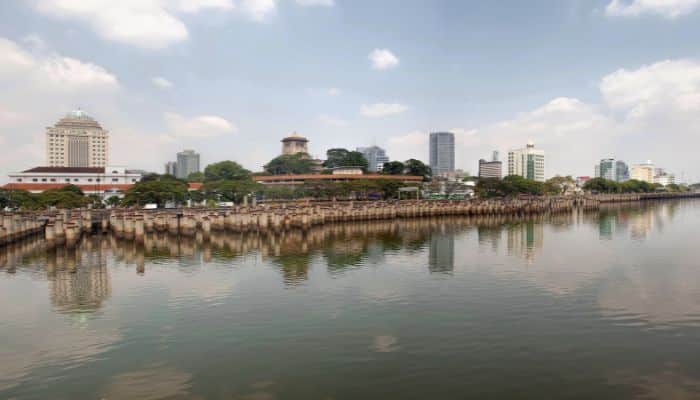
Lido Beach is a popular tourist attraction on the Strait of Johor, situated on the Malaysian side of Johor Bahru. People can walk or even cycle along the two-kilometre stretch of the beach, lined with many restaurants and food stalls.
It was once the site of fighting in 1942 during the Japanese campaign to conquer Singapore, which was then a British Colony.
5. Strait of Tartary
Lying in the Pacific Ocean, the Strait of Tartary divides Russia’s Sakhalin from mainland Asia while linking the Okhotsk Sea with the Sea of Japan.
It is 632 km long, 7-342 km wide and has a depth lower than 210 m. Its coasts were charted in 1787 by La Perouse, and the land adjacent to it from the western side was called Chinese Tartary in that period.
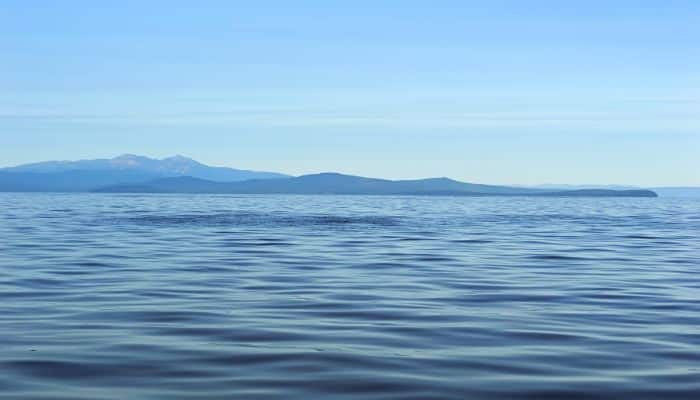
The strait’s northern part, called Amur Liman, gets freshwater from the Amur River and is the site of many Russian ports like Uglegorsk, Aleksandrovsk-Sakhalinsky, Lesogorsk, and Sovetskaya Gavan. Port operations are restricted by ice from mid-November to mid of May.
Commercially viable fish stocks like cod, flounder, salmon, capelin and herring are found in the strait. Also, whales visit the area in large numbers, including the endangered Western Pacific Gray whales, for which the Sakhalin coast is the only feeding ground.
6. Palk Strait
The Palk Strait is between the Indian state of Tamil Nadu and the Jaffna District of Sri Lanka.
It connects the Bay of Bengal and Palk Bay and is replenished by many rivers like the Vaigai, which flows through Tamil Nadu.
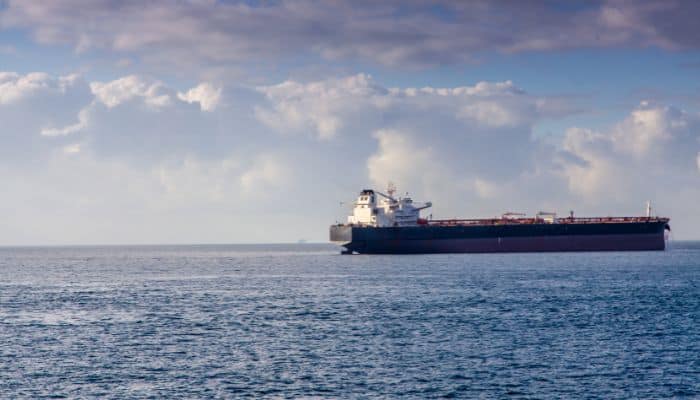
The 85 miles long and 40-80 miles-wide Strait has shallow waters and reefs, which make navigation difficult, especially for massive vessels, although small ships and fishing vessels can easily pass through. Large ships have to go all the way around the island nation of Sri Lanka.
The Palk Strait has been named after a Governor of the Madras Presidency from 1755 to 1763 called Robert Palk.
Its unique feature is the waves, which are usually swell waves in the northern part, while in the south, there are sea waves.
Towards the southern end of the Palk Strait is a chain of islands and reef shoals popularly called Ram Setu or the Bridge of Ram, popular in Hindu Mythology.
A famous port on the strait is the port of Jaffna, a commercial hub in northern Sri Lanka.
7. Sunda Strait
The Sunda Strait is situated between Java and Sumatra, Indonesia. It links the Java Sea with the Indian Ocean.
The strait is named after the Sunda Kingdom, which controlled the western part of Java from 699 to 1579. Some say the name alludes to the Sudanese people who are native to Banten and West Java.
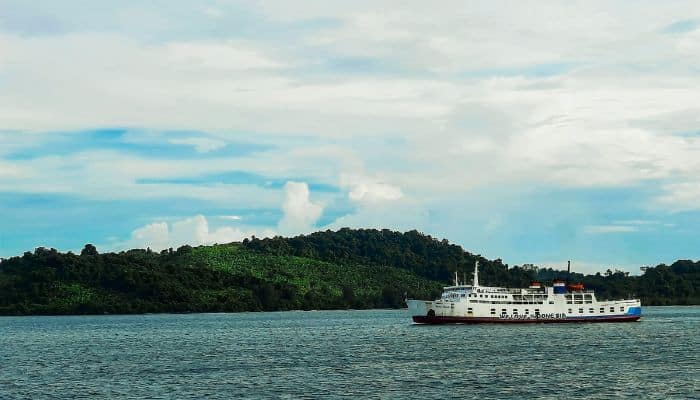
The strait has several volcanic islands like Sangiang, Sebuku, Panaitan and Sebesi. The most famous among them is Krakatoa which exploded in 1883 in one of the deadliest volcanic eruptions in history.
Sunda Strait was a vital shipping lane for centuries when the Dutch used it as a gateway to Indonesia’s Spice Islands. However, it was and still is difficult to navigate due to its shallowness, strong tidal currents, and obstructions like oil platforms off the coast of Java.
8. Tsugaru Strait
The Tsugaru Strait lies between Honshu and Hokkaido in northern Japan. It connects the Sea of Japan with the Pacific Ocean.
It was also known as the Strait of Sangar in Western maps that were made before the 20th century,
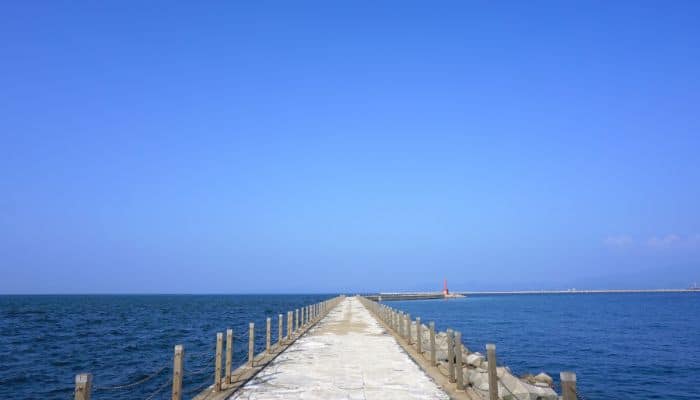
Japan’s territorial waters extend to 3 nautical miles into this strait rather than the usual 12 to allow US Navy warships and submarines to cross the water body without violating Japan’s prohibitions against nuclear weapons into its territory.
This strait has east and west necks, 20 km across each other, with maximum depths of 200 m and 140 m. Ferry services operate across the strait, including the Tsugaru Kaikyo Ferry and Seikan Ferry.
In one of the deadliest accidents in the strait, around 1172 people were killed when a ferry named Toya Maru sank on 26th September 1954.
After Thomas Blakiston’s research findings, the Tsugaru Strait was established as a major zoogeographical border and came to be called the Blakiston’s Line.
9. Strait of Singapore
Lying between the Malacca Strait and the South China Sea, the Singapore Strait is a vital maritime waterway with a length of 113 km and a width of 19 km. On the north of the Strait is Singapore, while on the south are Riau Islands.
Singapore is one of the quickest shipping routes between the Indian Ocean and the Pacific Ocean connecting over 700 ports across the world.
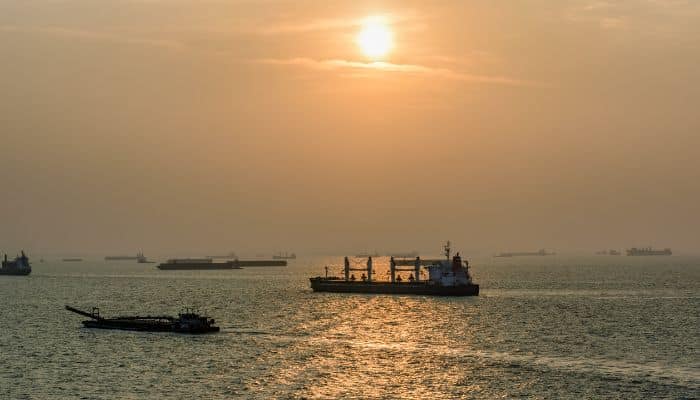
About a third of the world’s container shipping trade and a quarter of the world’s oil trade passes through the Malacca and Singapore Straits annually, making them the busiest sea lanes.
The Strait is home to the famous Keppel harbour and other islands. It offers deepwater passage to the Singapore Port. Over 2000 commercial ships cross its waters every day.
10. Bering Strait
Bering Strait is situated between the Pacific and Arctic Oceans. It separates the Chukchi Peninsula of Russia from Alaska’s Seward Peninsula.
It was named after a Danish explorer who worked for Russia called, Vitus Bering. The Bering Strait has been a topic of interest among many as it is the focal point of a theory that suggests human migrations from Asia to North America via a land bridge called Beringia when the ocean levels were low.
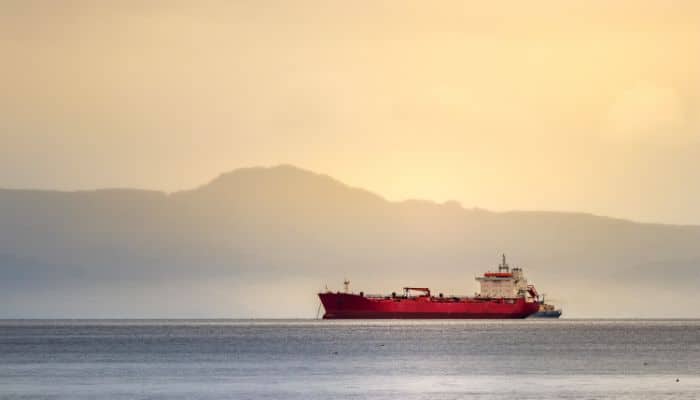
Many crossings in the strait are recorded right from the early 20th century.
The Bering Strait is 85 km wide and is only 90 m deep at its deepest point. It is bordered by the Chukchi Sea to the north and the Bering Sea to its southern side. Bering Strait has a unique habitat, and the regions around it are sparsely populated by Inuit, Chukchi and Yupik people.
You might also like to read-
- 10 Best Great Lakes Ship Tracker Tools
- 10 Gulf of Martaban Facts You Might Not Know
- 12 Gulf Of Mannar Facts You Might Not Know
- 10 Celtic Sea Facts You Should Know
- 9 Interesting West Philippine Sea Facts You Must Know
- 13 Gulf Of Riga Facts You Must Know
Disclaimer :
The information contained in this website is for general information purposes only. While we endeavour to keep the information up to date and correct, we make no representations or warranties of any kind, express or implied, about the completeness, accuracy, reliability, suitability or availability with respect to the website or the information, products, services, or related graphics contained on the website for any purpose. Any reliance you place on such information is therefore strictly at your own risk.
In no event will we be liable for any loss or damage including without limitation, indirect or consequential loss or damage, or any loss or damage whatsoever arising from loss of data or profits arising out of, or in connection with, the use of this website.
Do you have info to share with us ? Suggest a correction
Disclaimer :
The information contained in this website is for general information purposes only. While we endeavour to keep the information up to date and correct, we make no representations or warranties of any kind, express or implied, about the completeness, accuracy, reliability, suitability or availability with respect to the website or the information, products, services, or related graphics contained on the website for any purpose. Any reliance you place on such information is therefore strictly at your own risk.
In no event will we be liable for any loss or damage including without limitation, indirect or consequential loss or damage, or any loss or damage whatsoever arising from loss of data or profits arising out of, or in connection with, the use of this website.

About Author
Zahra is an alumna of Miranda House, University of Delhi. She is an avid writer, possessing immaculate research and editing skills. Author of several academic papers, she has also worked as a freelance writer, producing many technical, creative and marketing pieces. A true aesthete at heart, she loves books a little more than anything else.
Latest Maritime Knowledge Articles You Would Like:
Daily Maritime News, Straight To Your Inbox
Sign Up To Get Daily Newsletters
Join over 60k+ people who read our daily newsletters
By subscribing, you agree to our Privacy Policy and may receive occasional deal communications; you can unsubscribe anytime.



